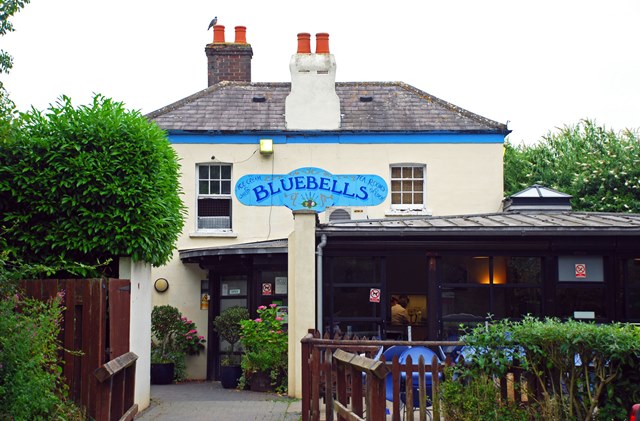A waterside walk in Hertfordshire
The Chilterns are a chain of chalk hills arching through southern England. They aren’t very high compared to other British hills and mountains but have often been an obstacle to routes in and out of London.
Just over 200 years ago new canals were being built all over the country to drive the Industrial Revolution. London couldn’t afford to be left out. So engineers built the Grand Junction Canal through a gap in the Chilterns near Tring. The canal changed this area for ever.
Discover how the canal was constructed and the challenges to supply it with water. Watch boats navigate specially-designed locks and anglers hoping for a bite in one of four reservoirs.
Follow the walk by clicking on the map pins or
downloading the guides below
Please note that part of this walk is along a busy road without a footpath - please take extra care between stops 15 and 16 and while crossing roads at other points.
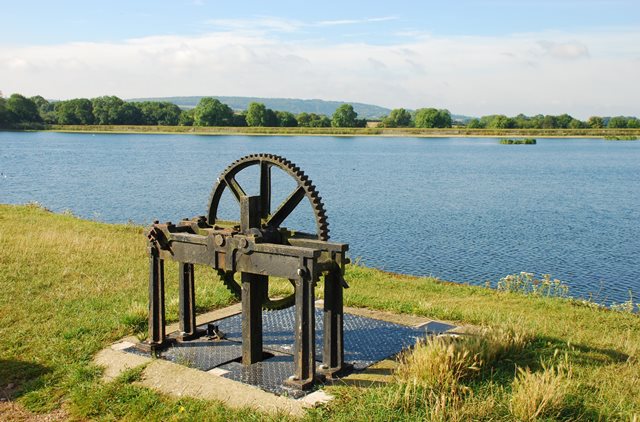
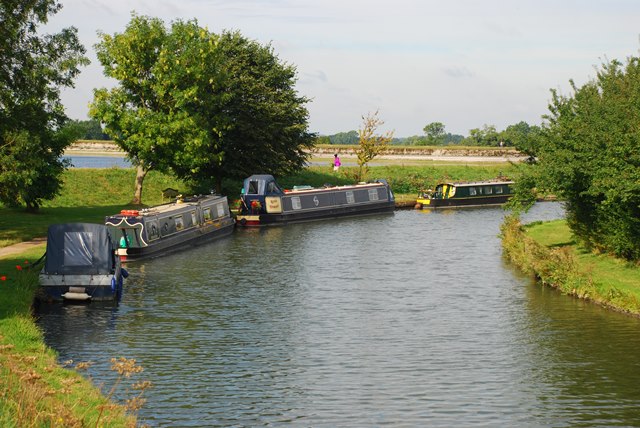
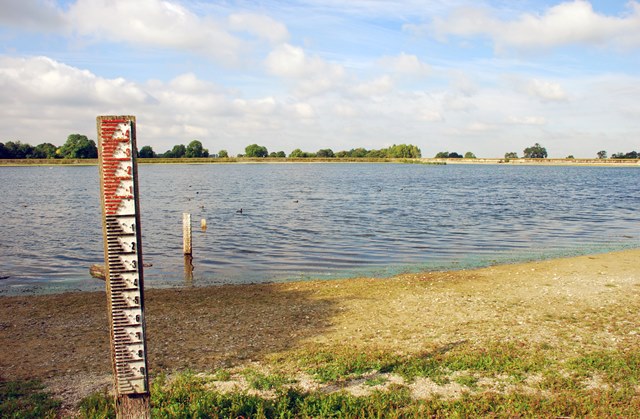
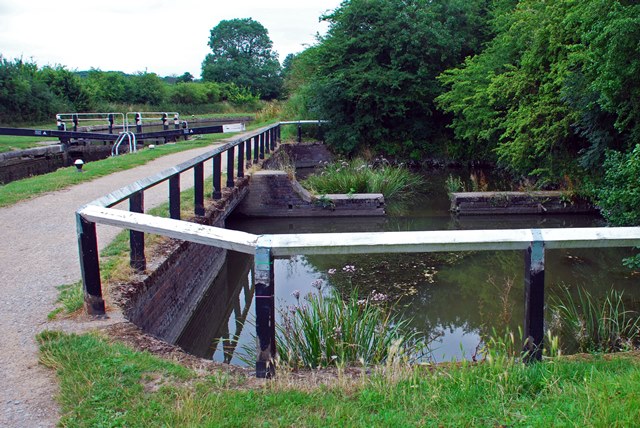
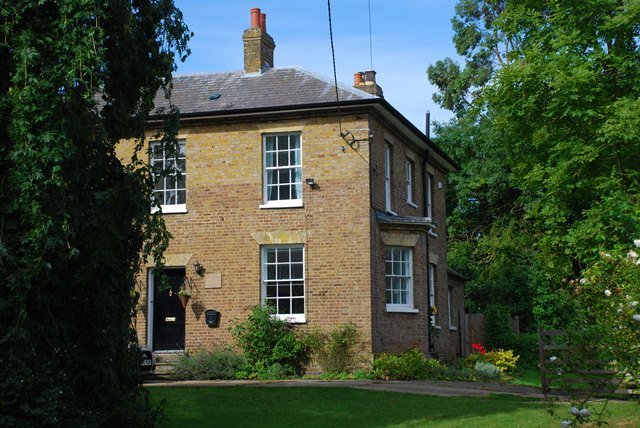
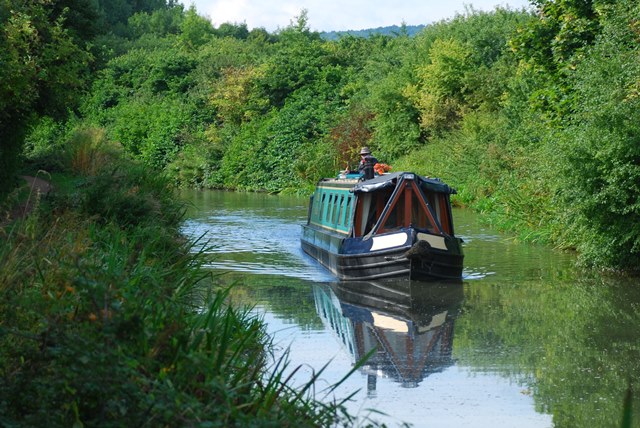
.jpg)
.jpg)
.JPG)
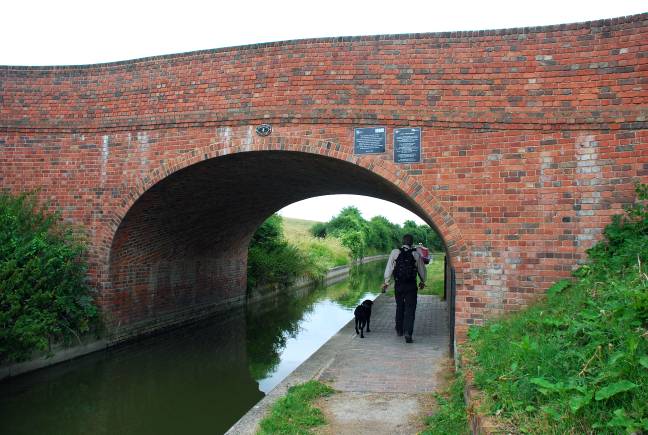
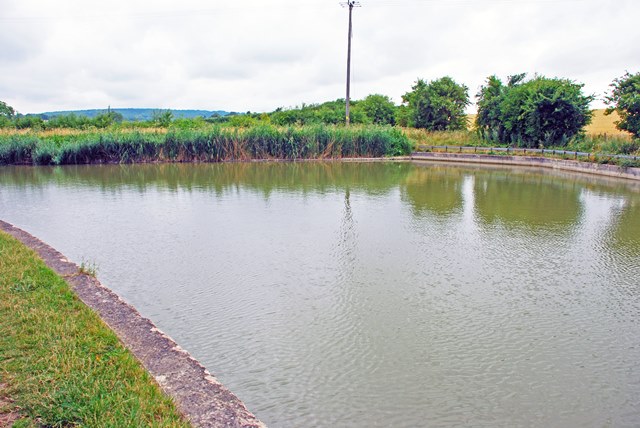
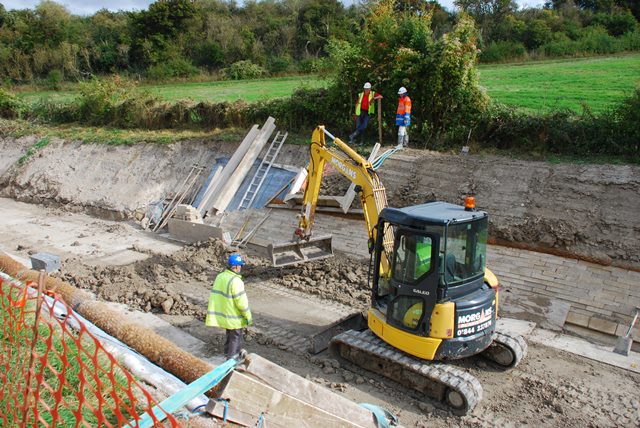
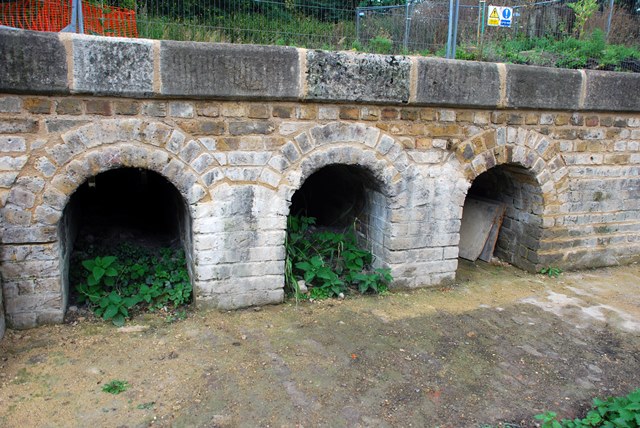
.JPG)
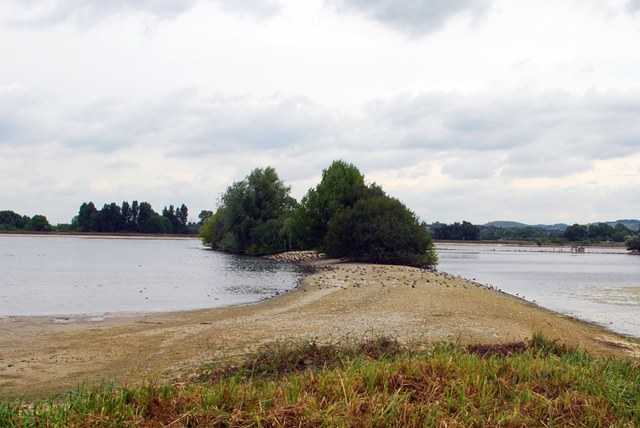
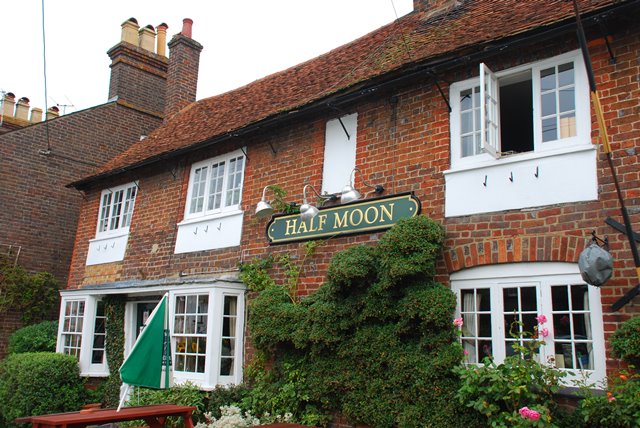
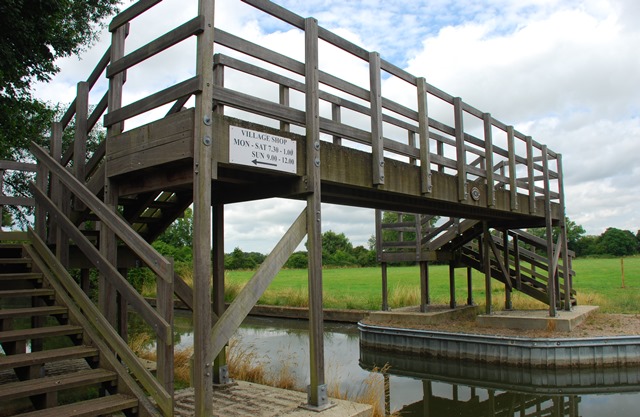
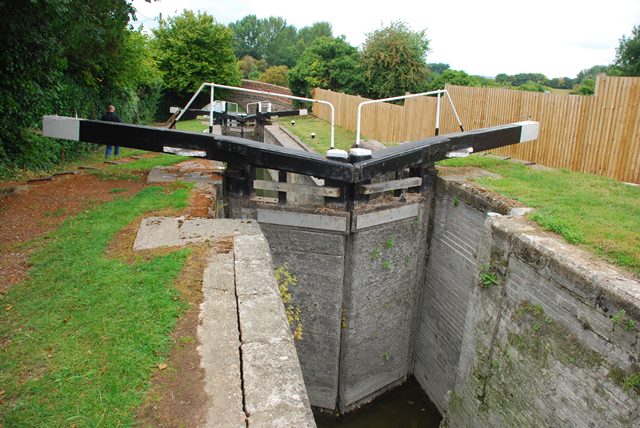
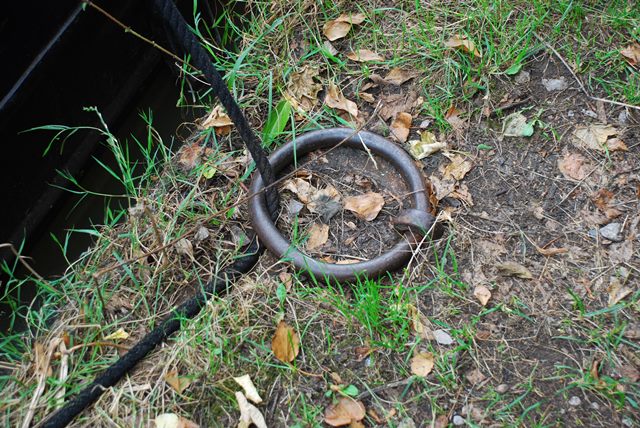
.jpg)
